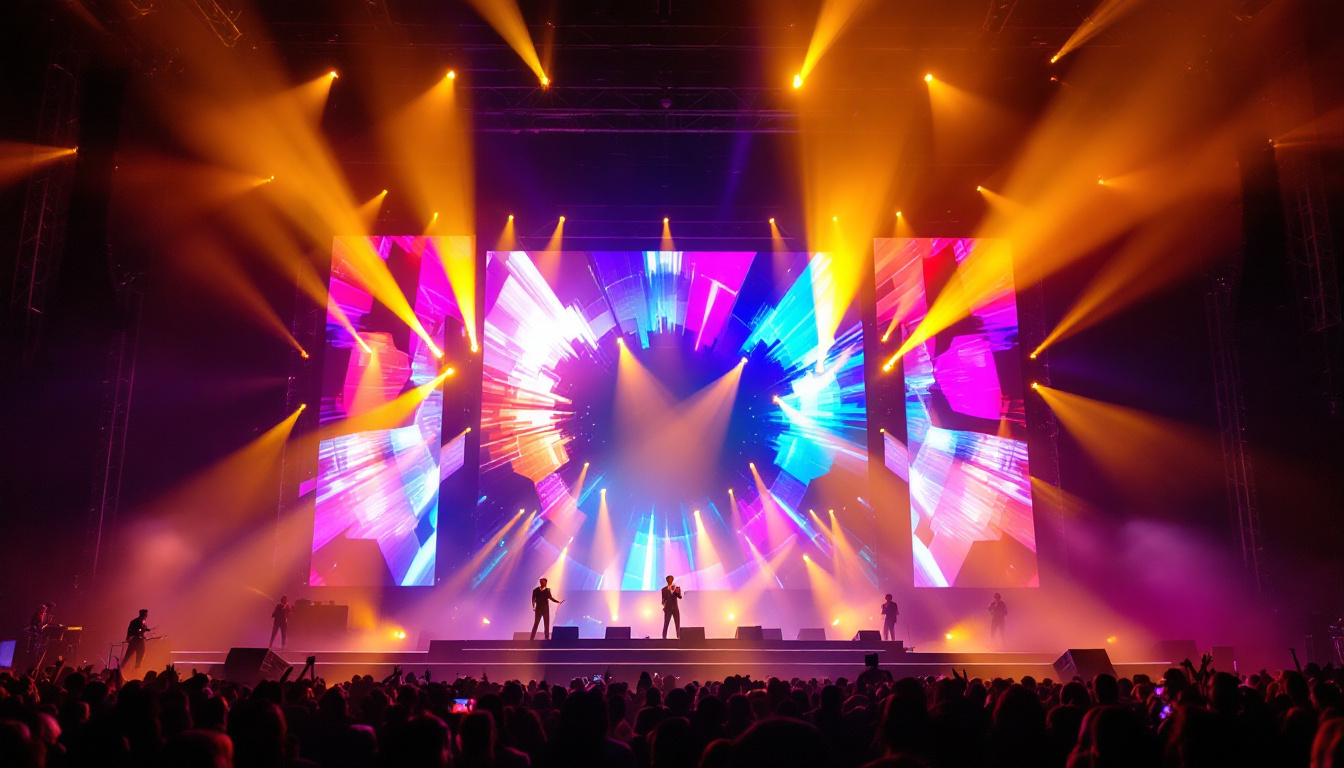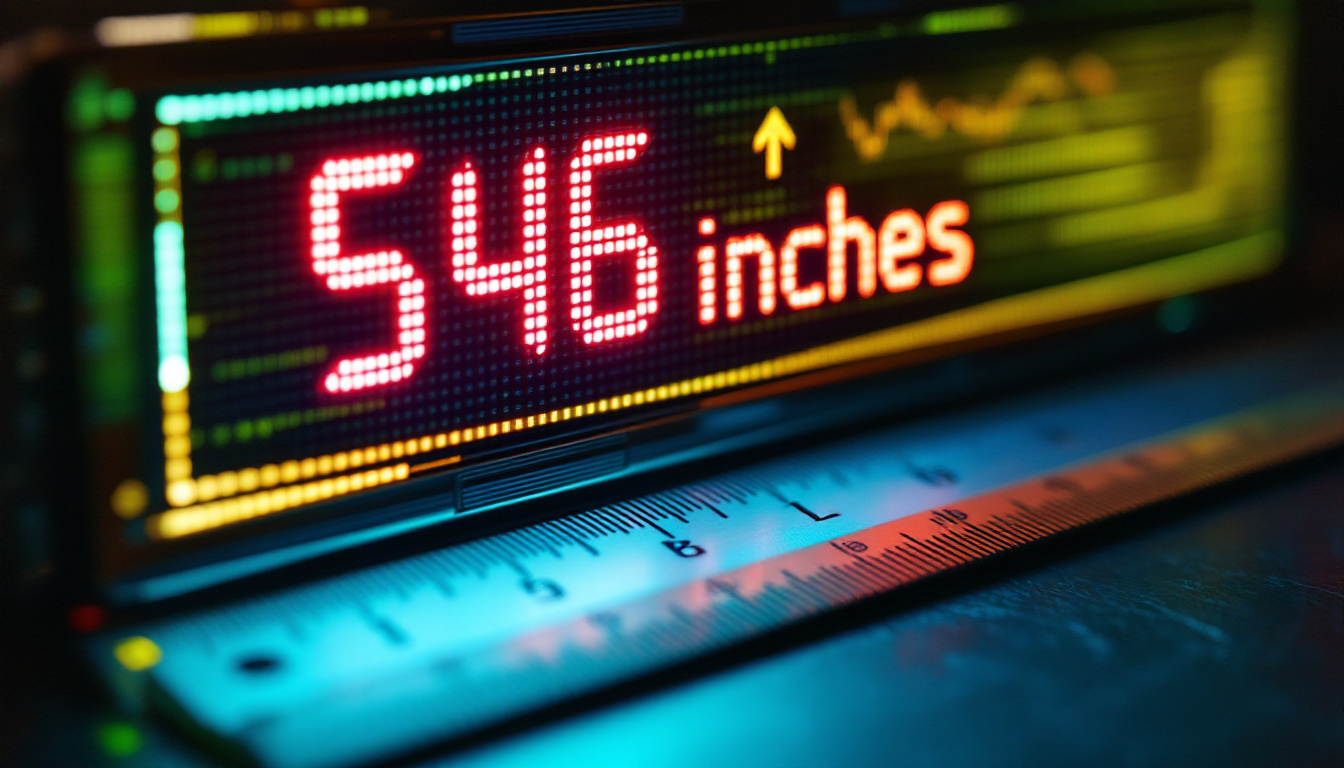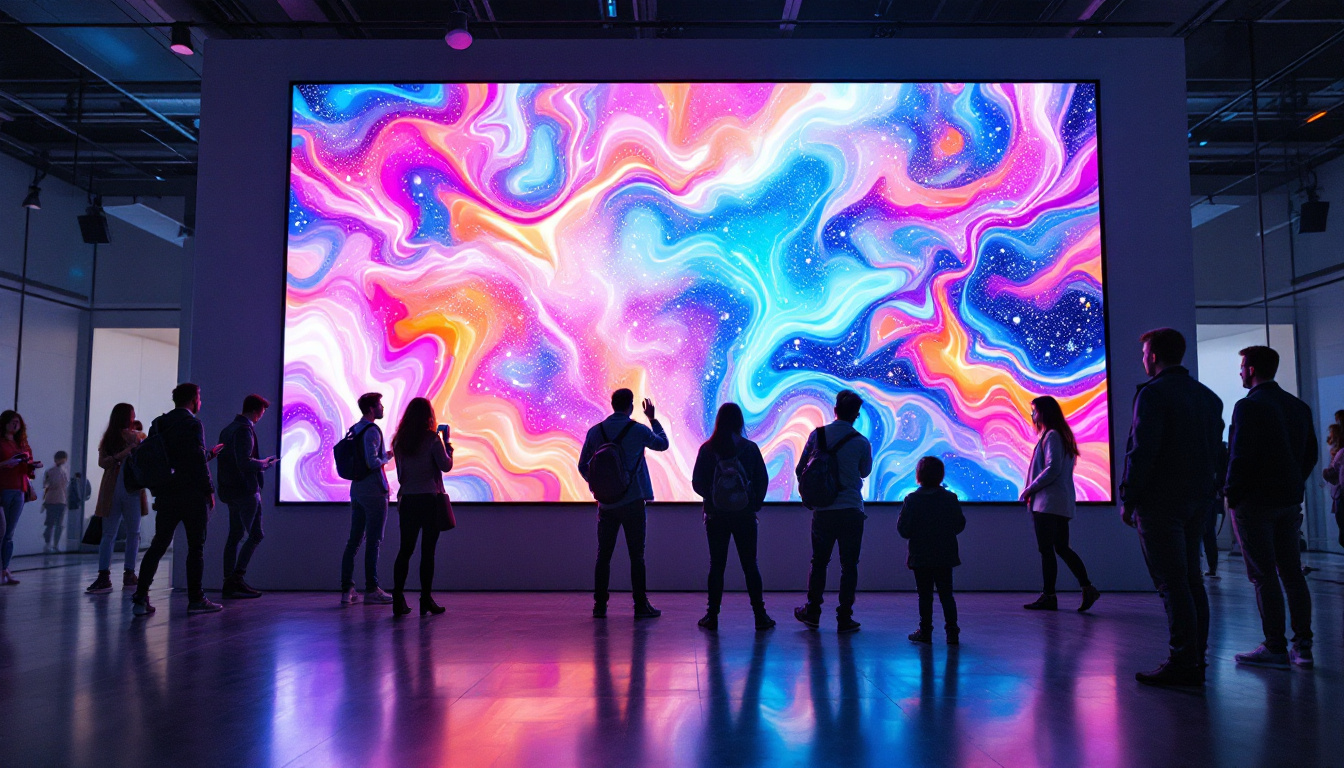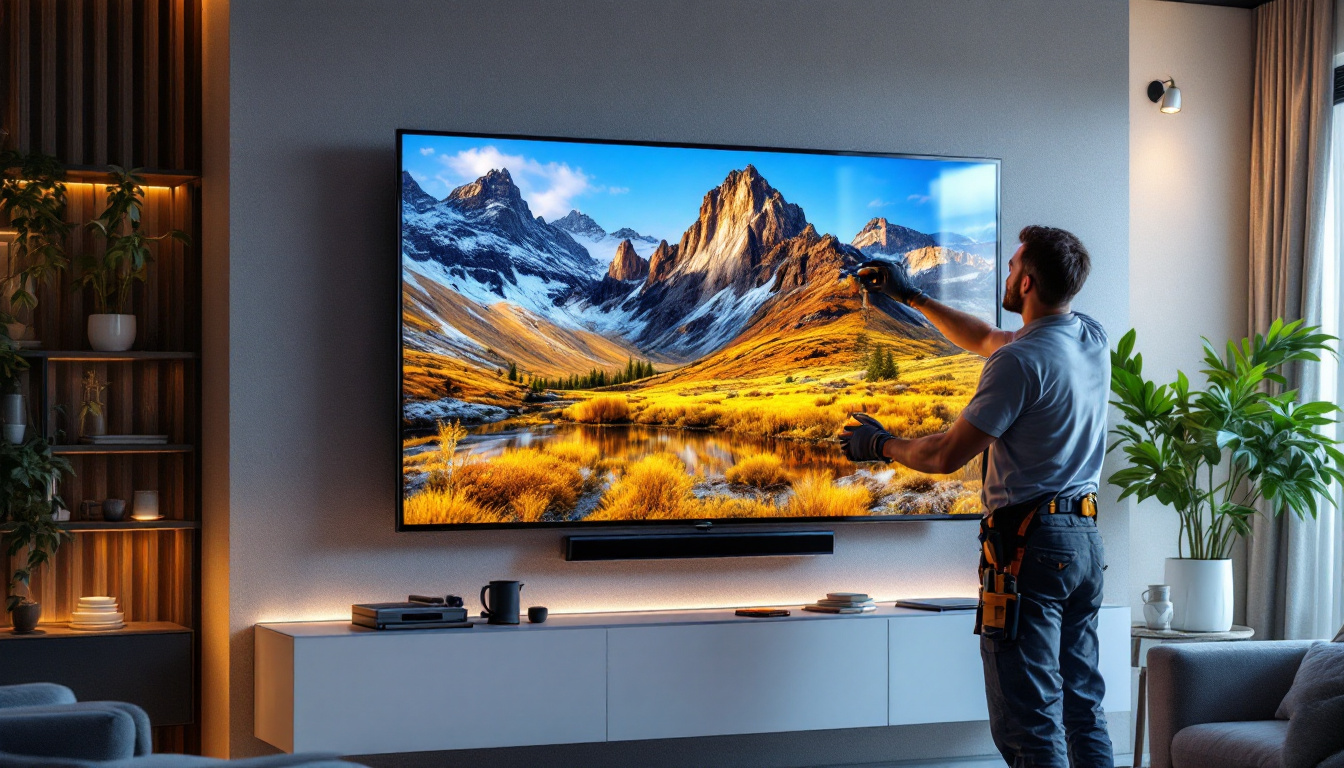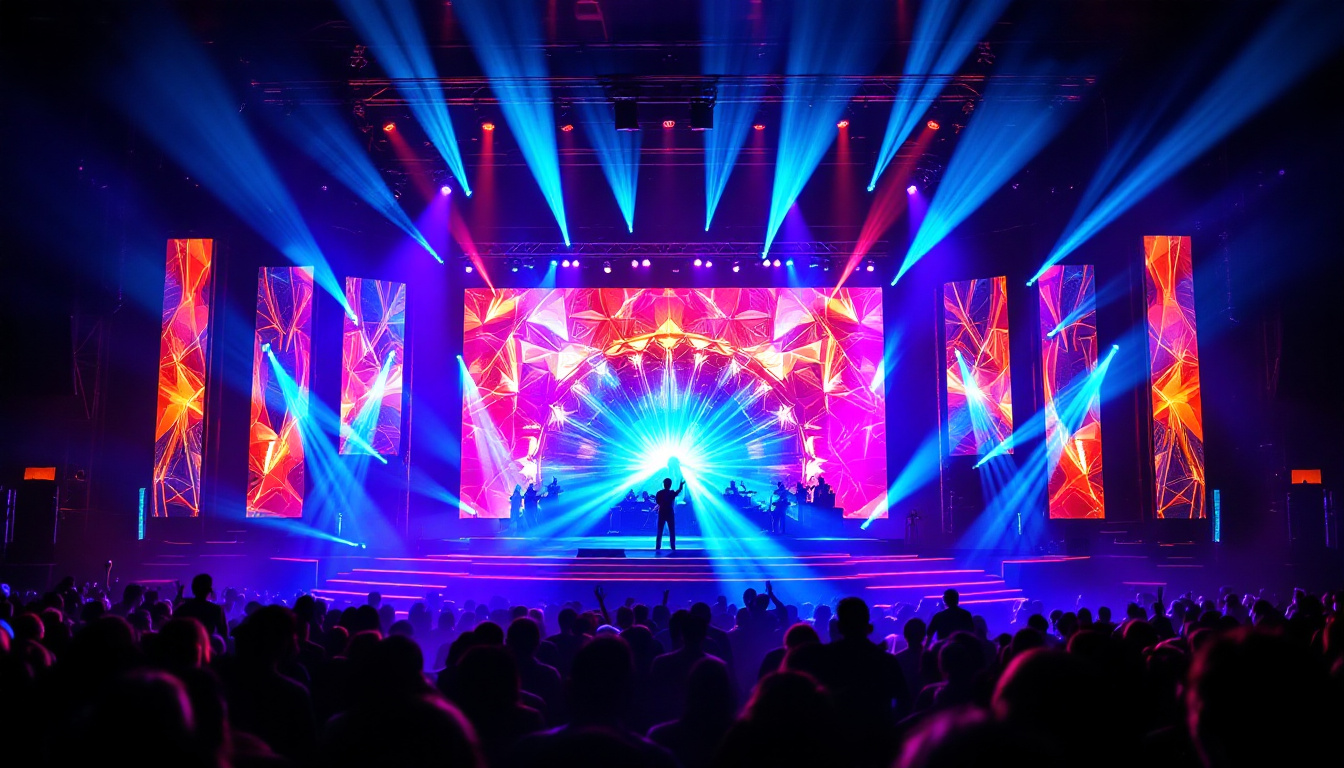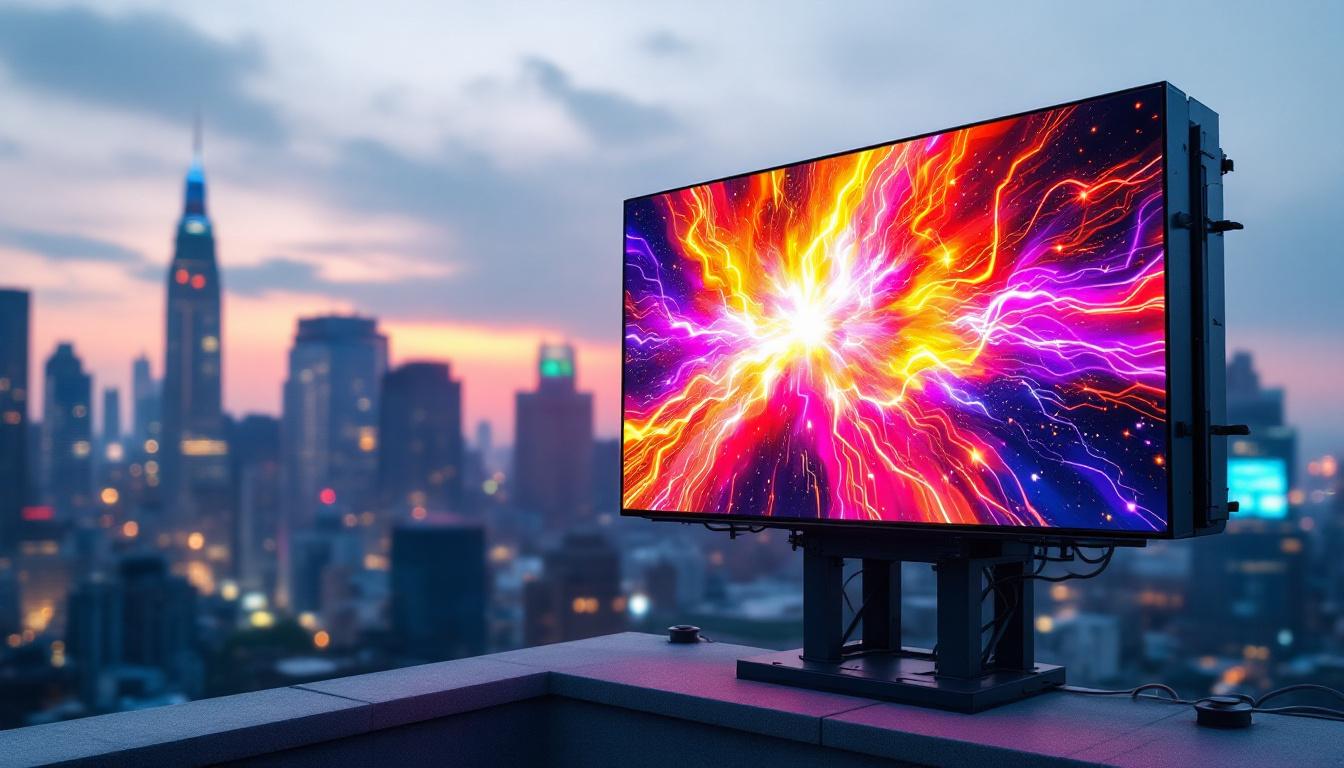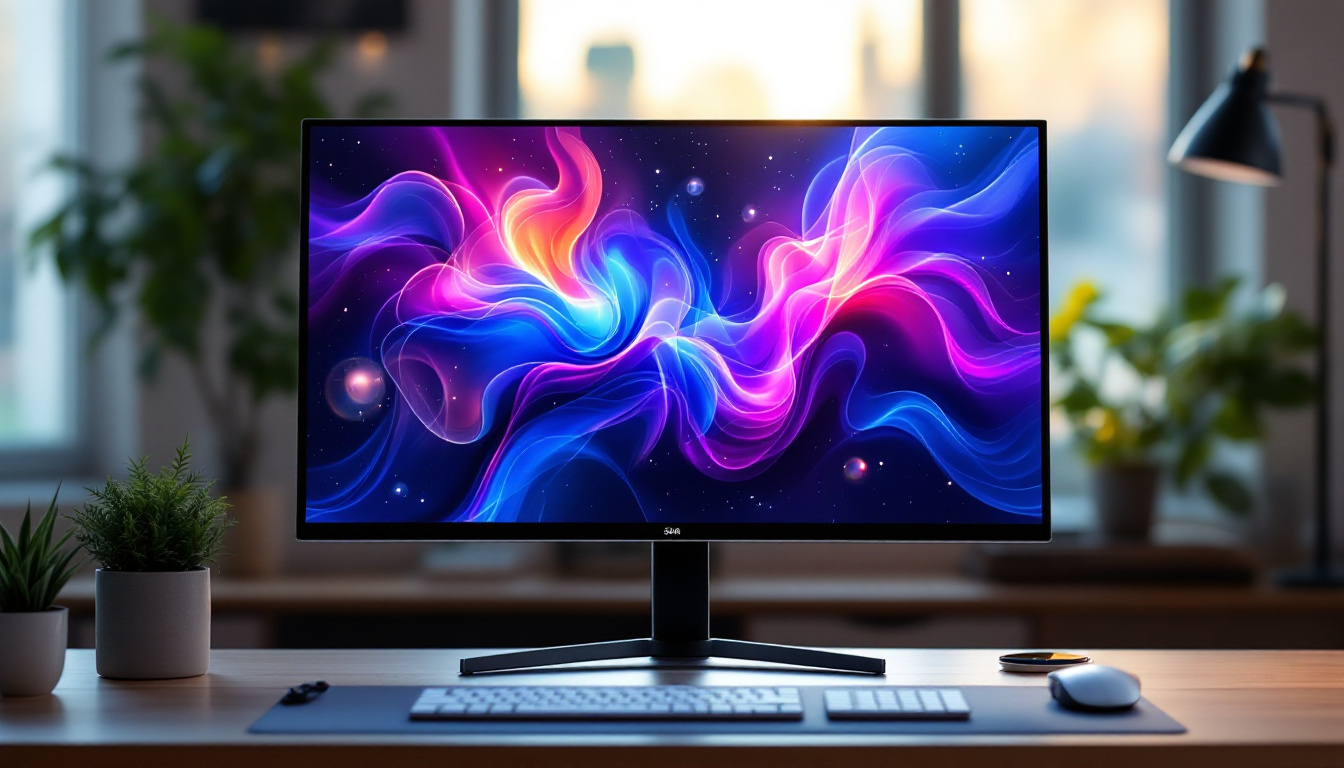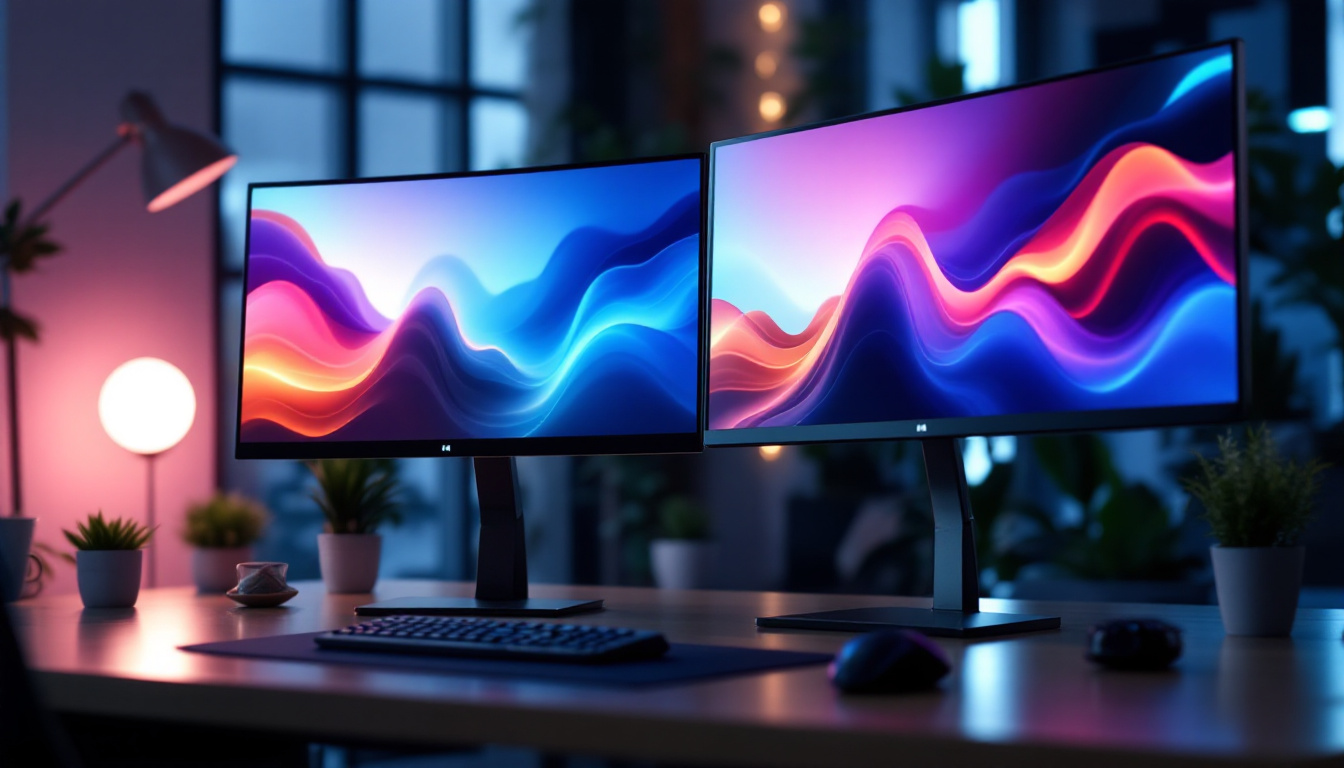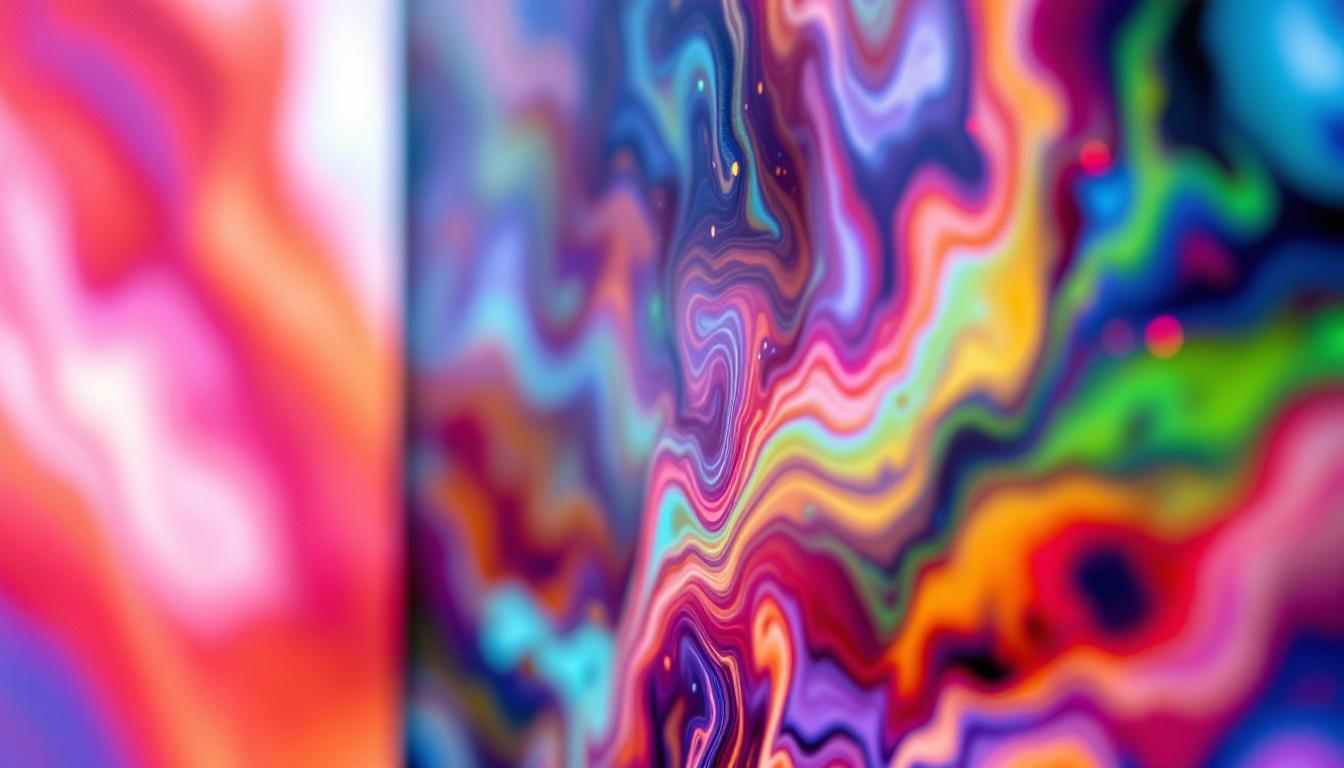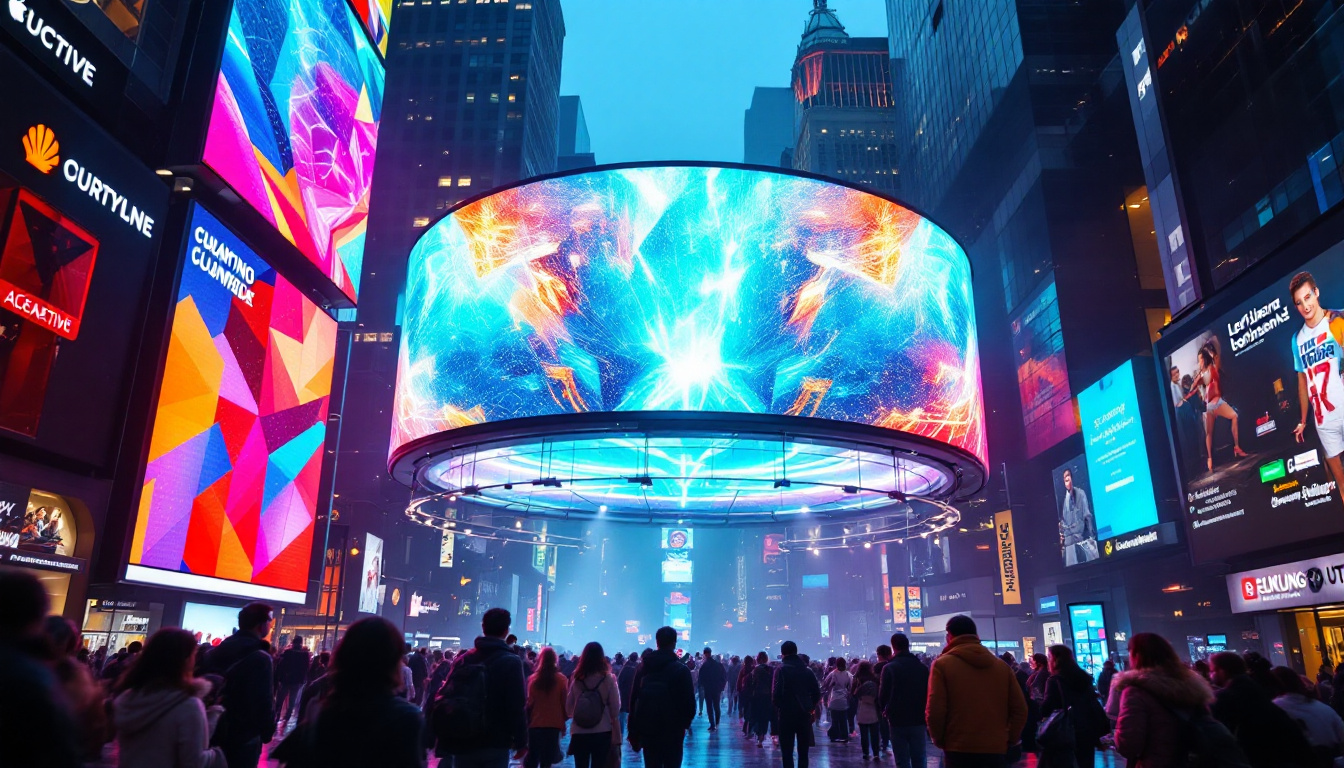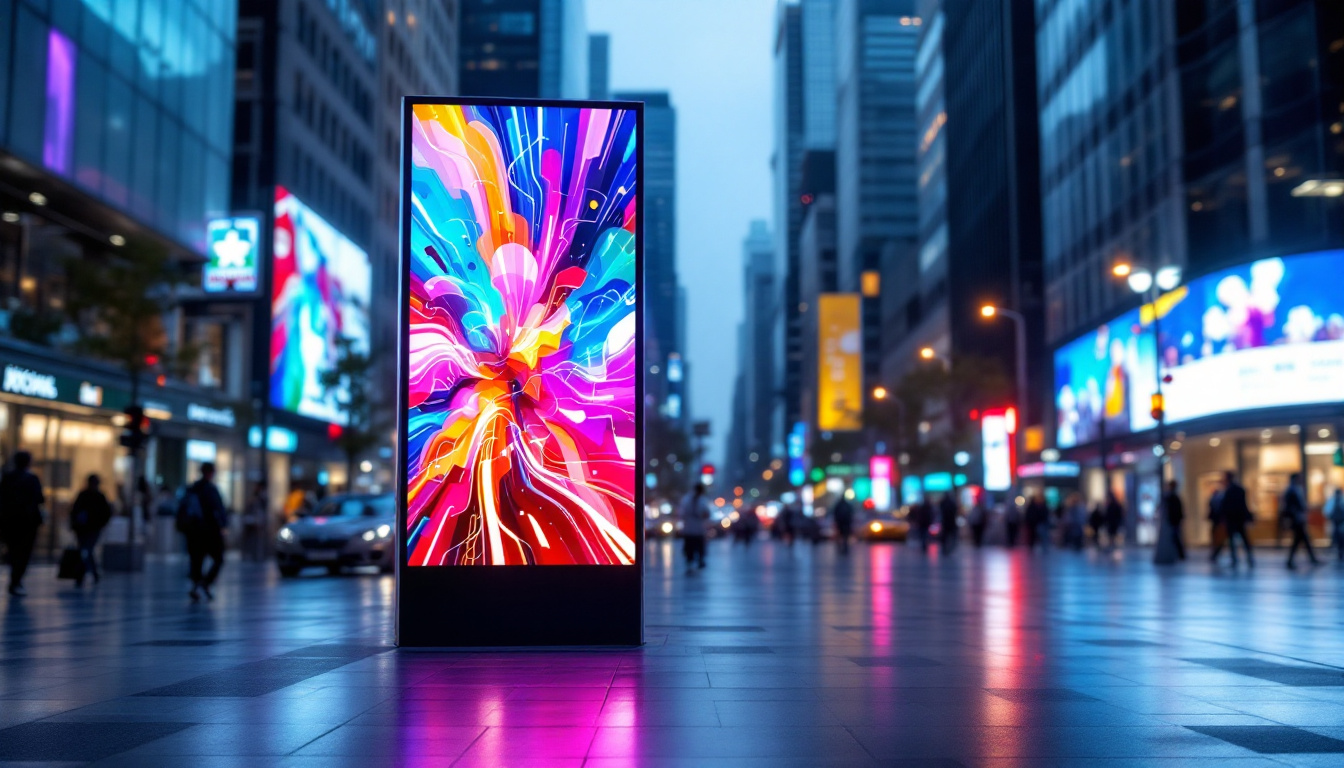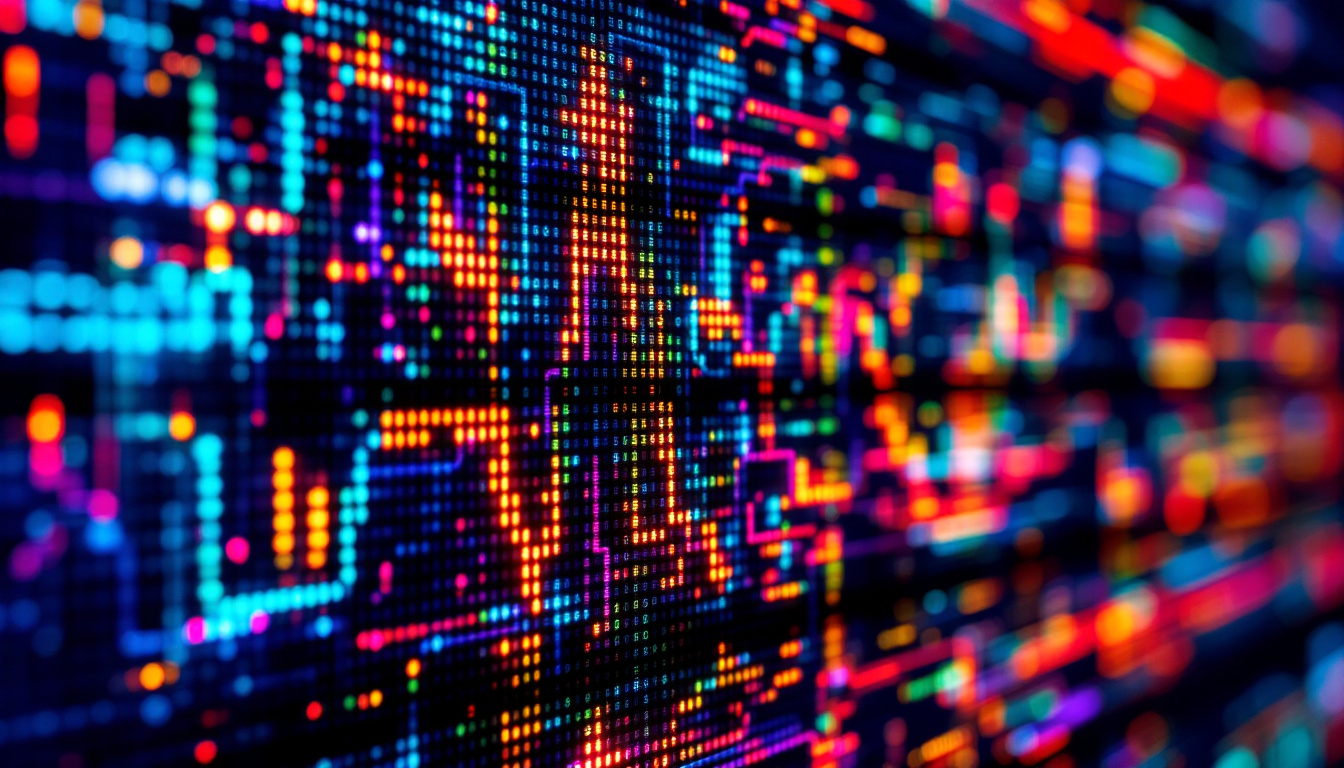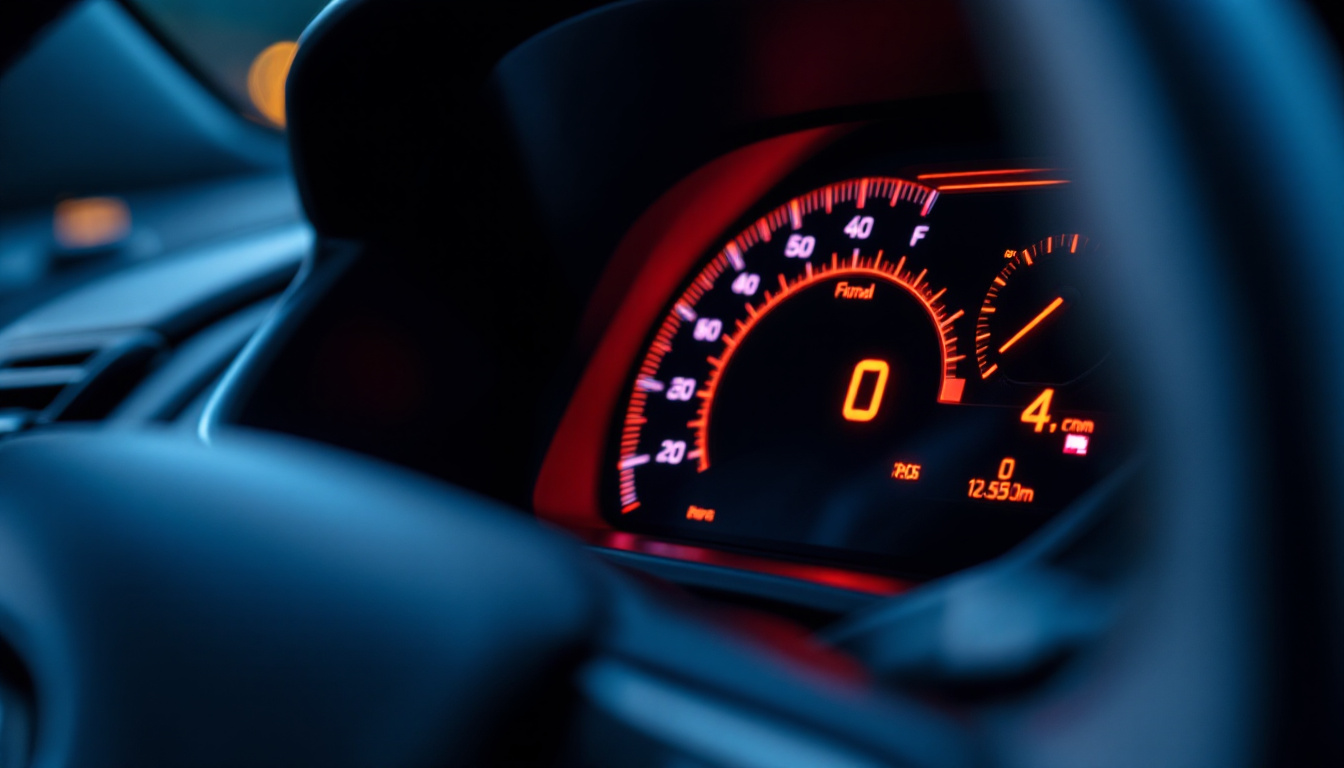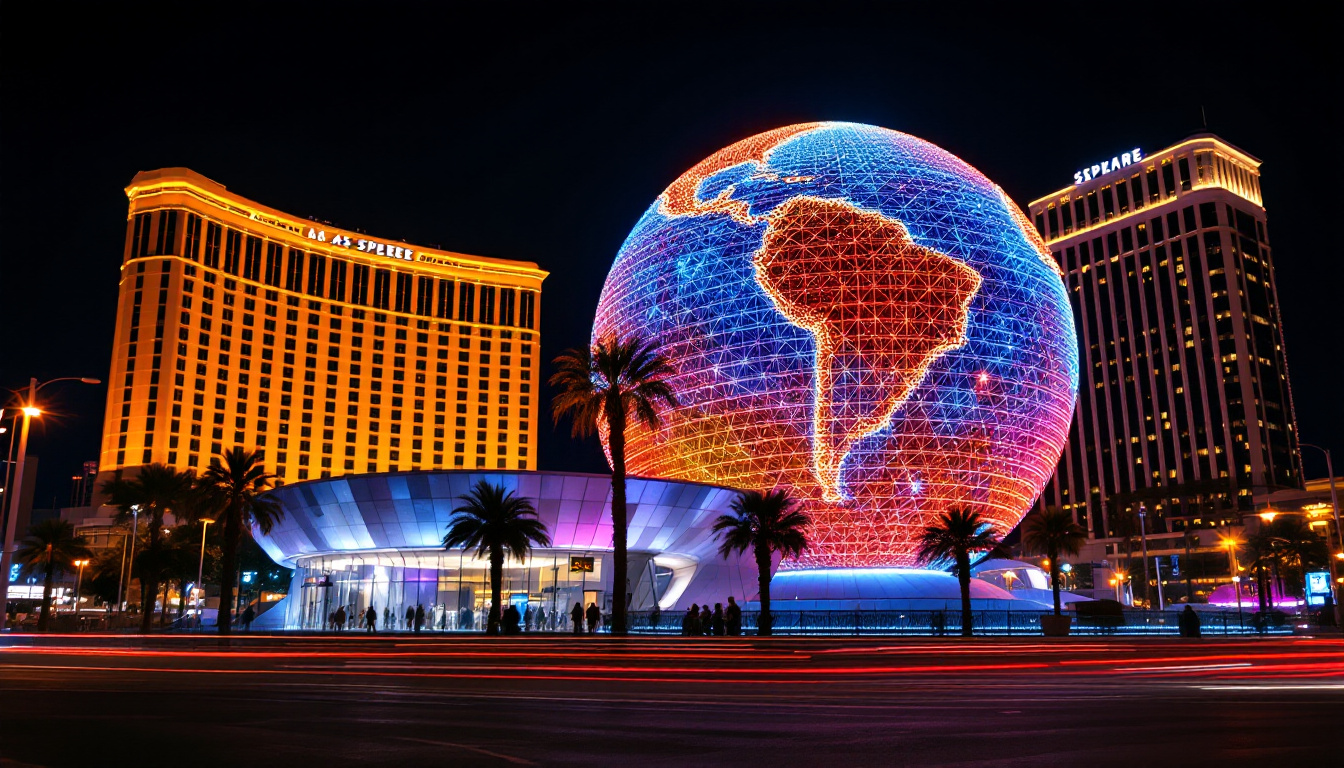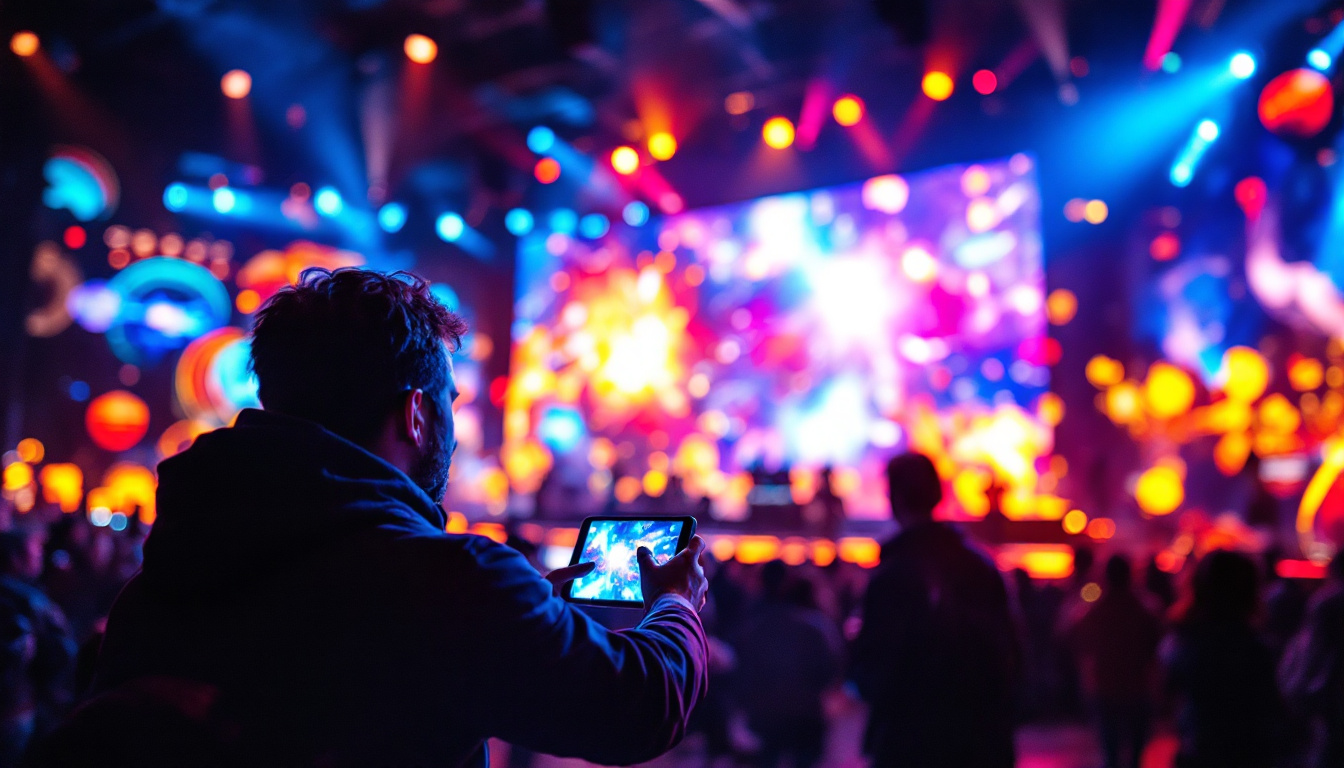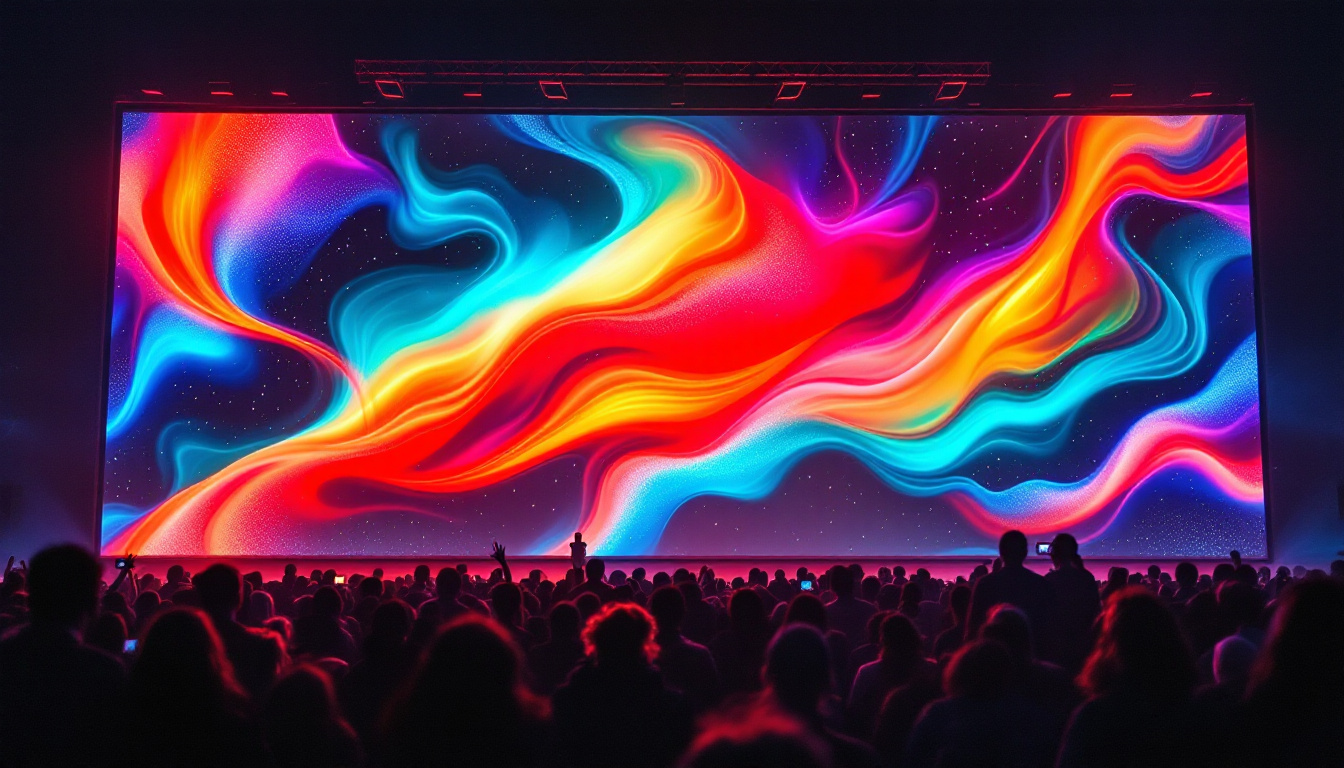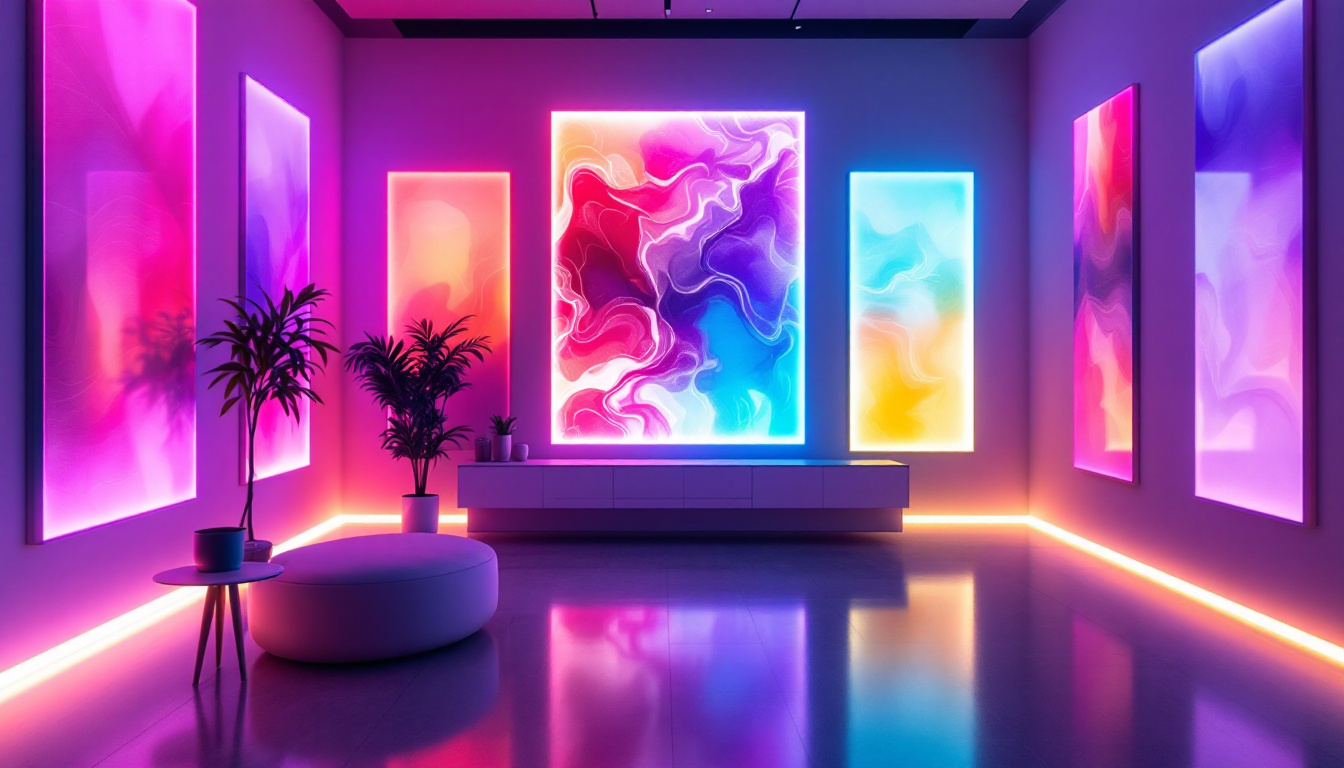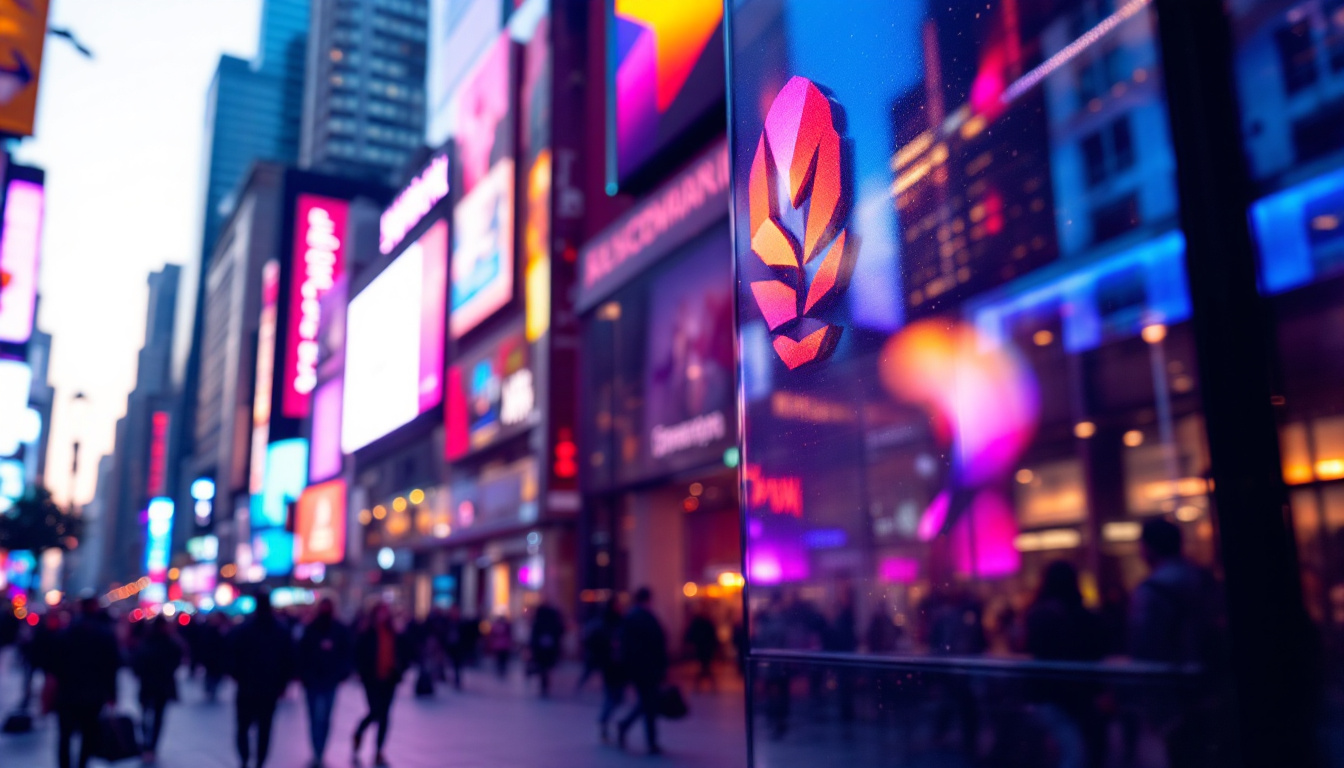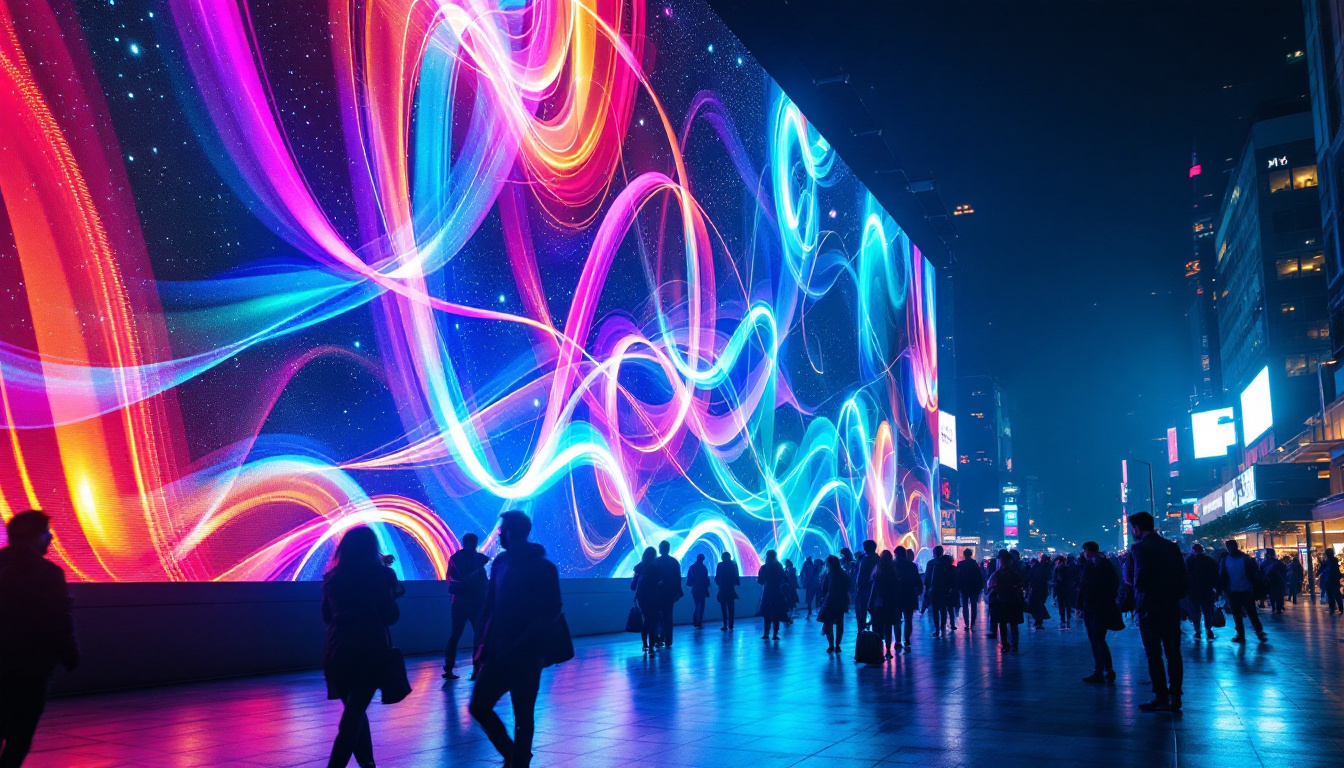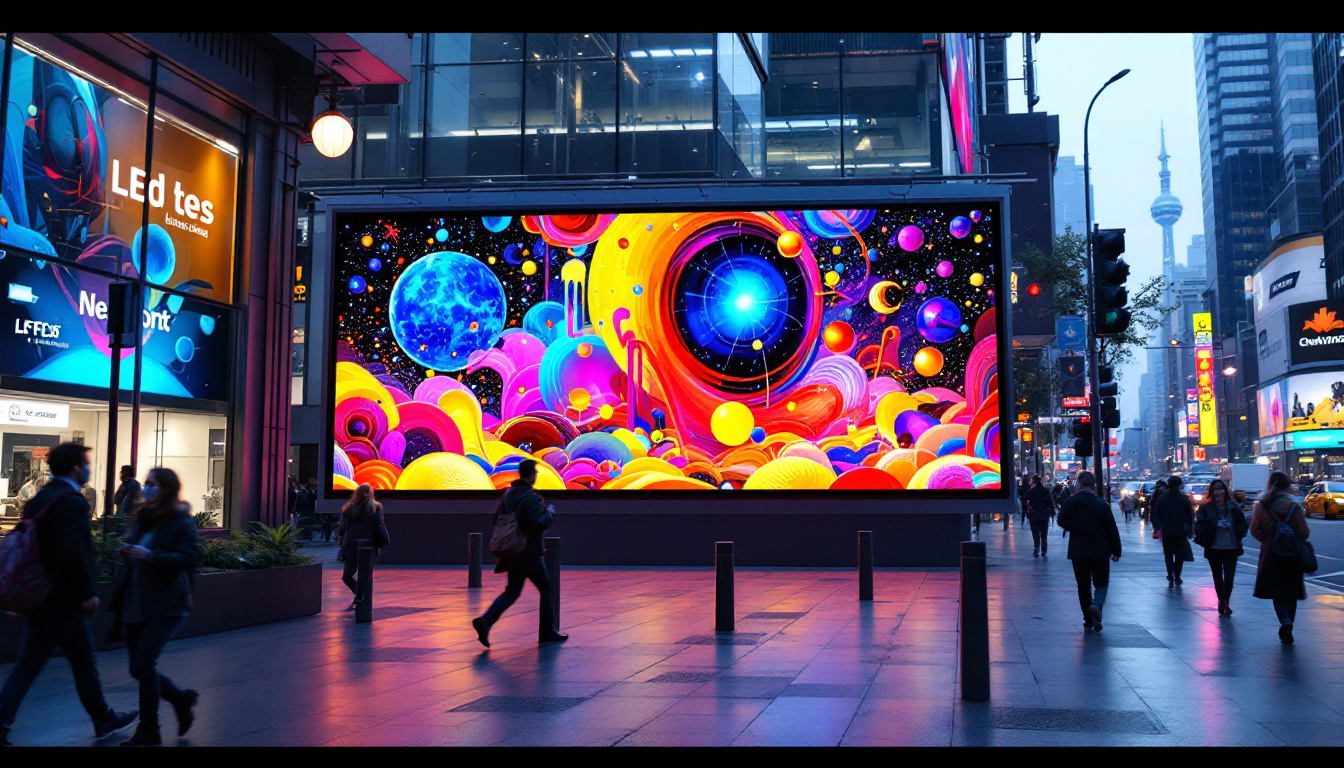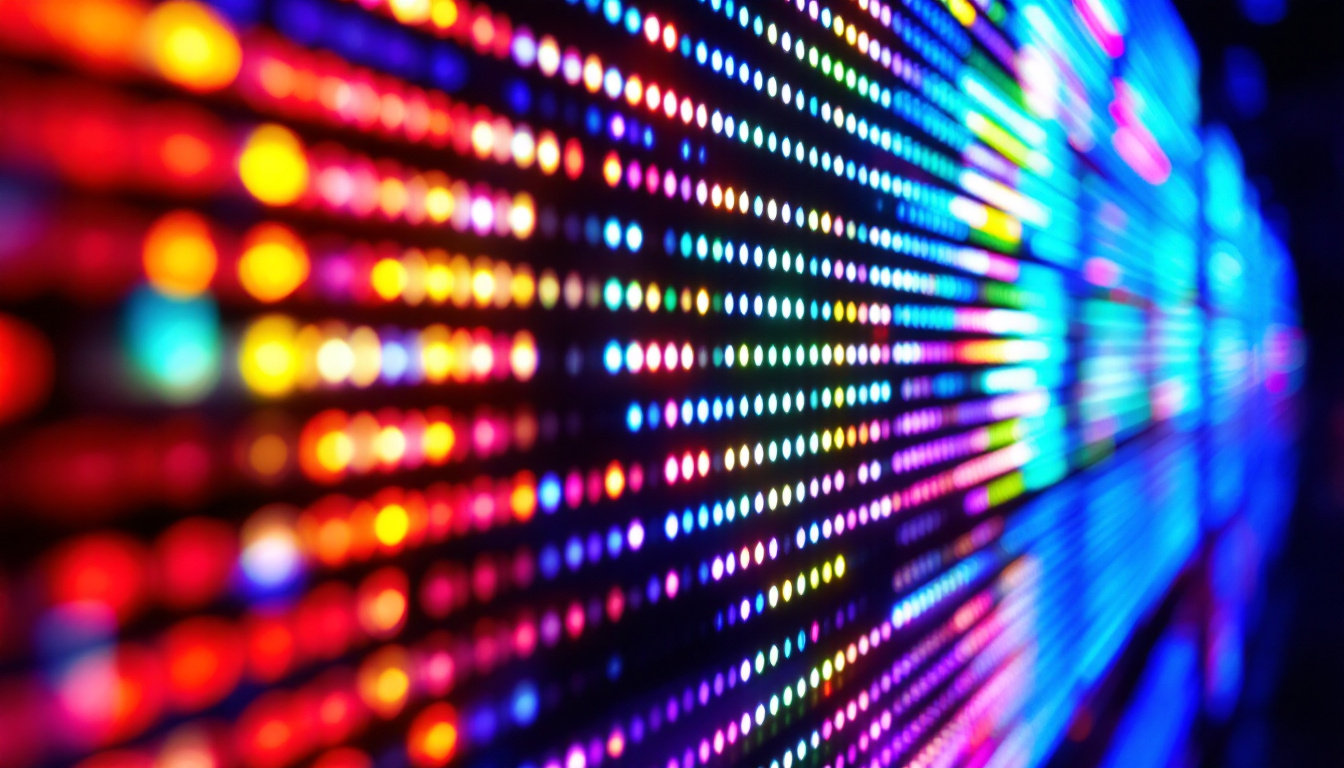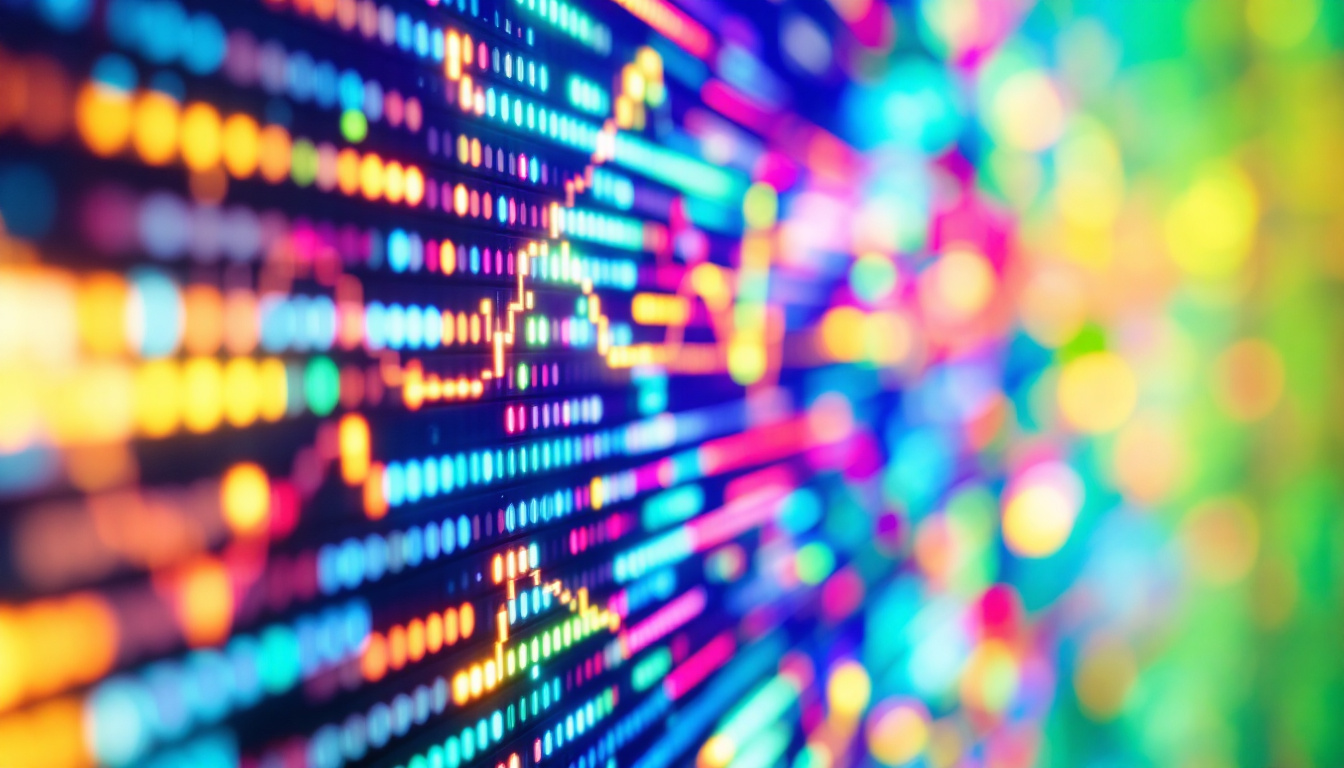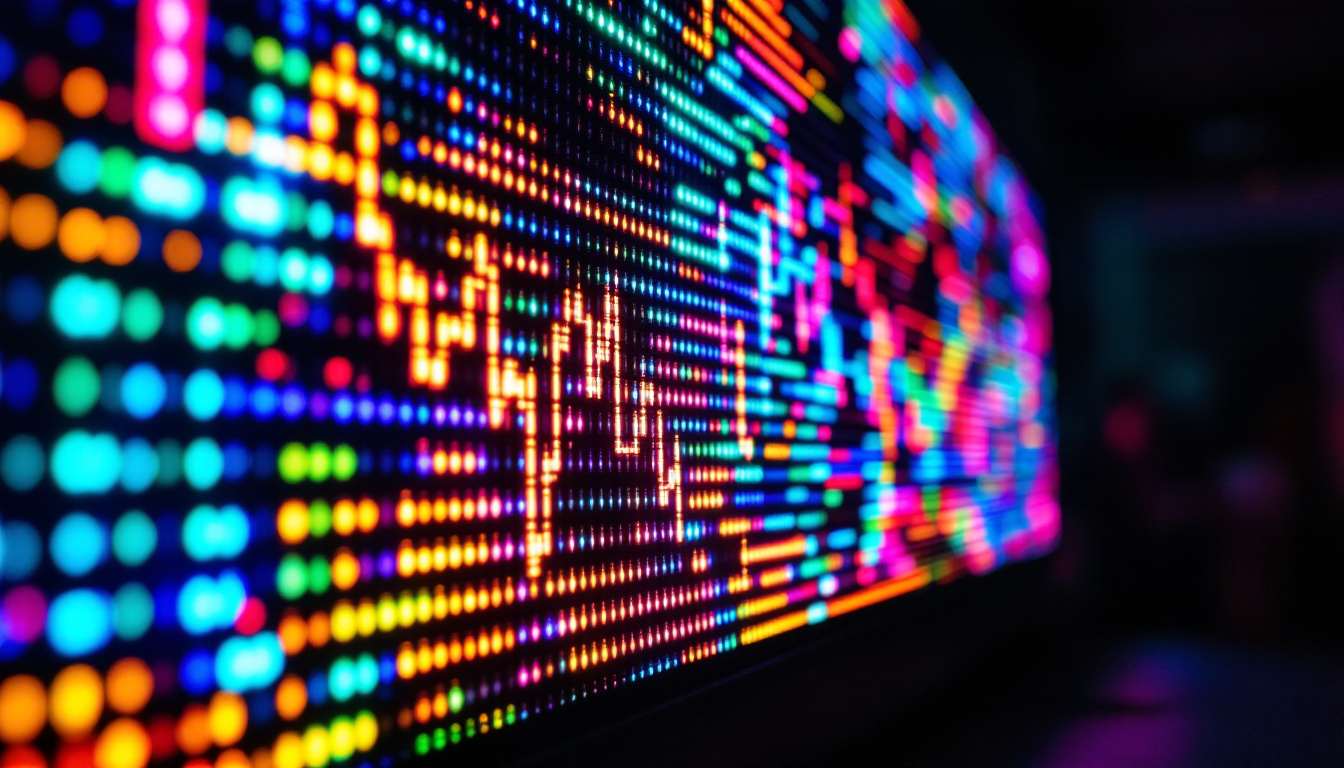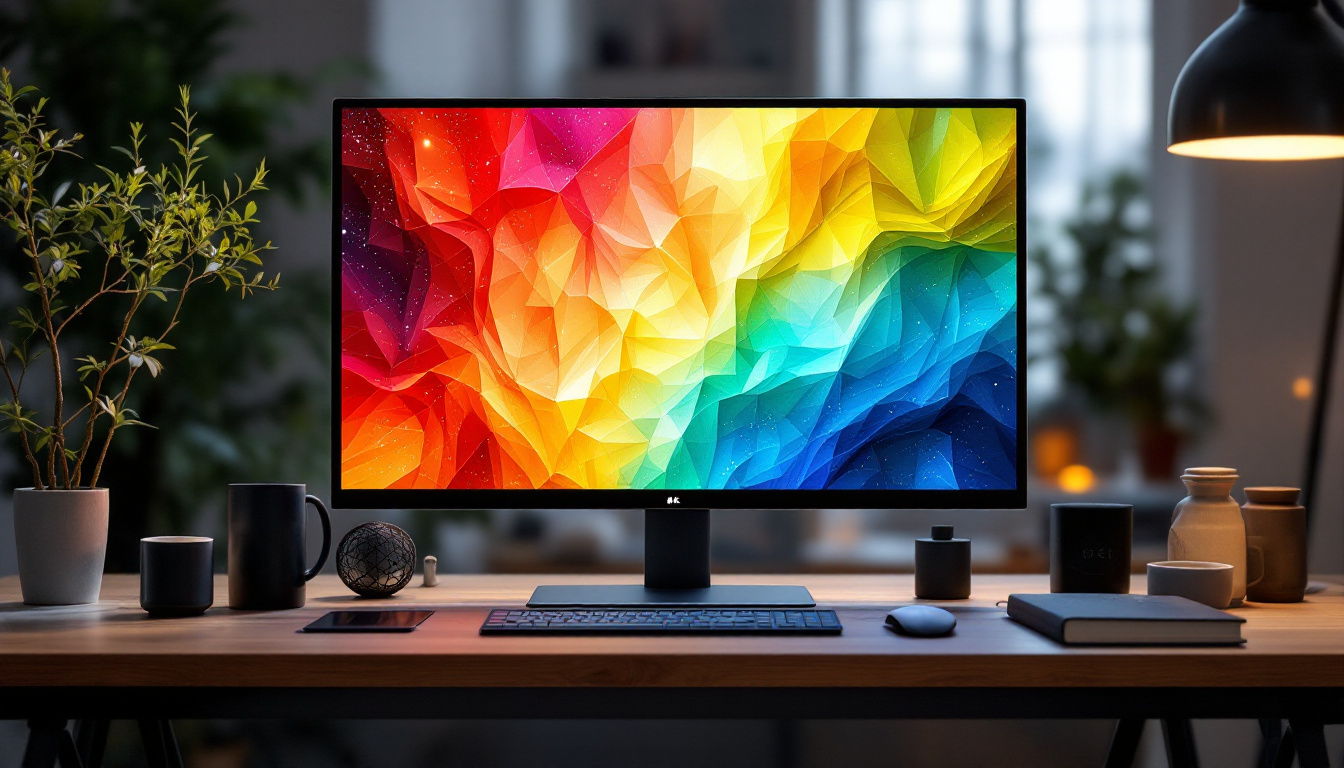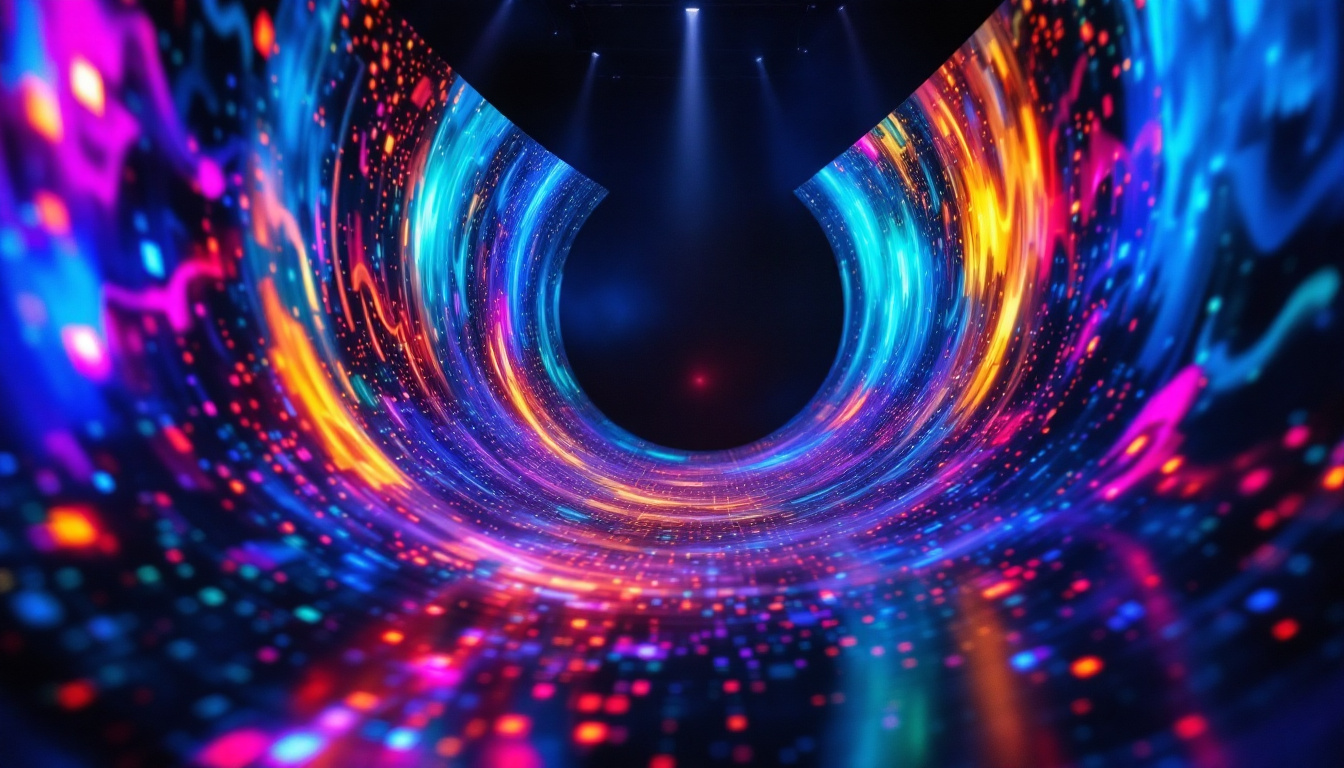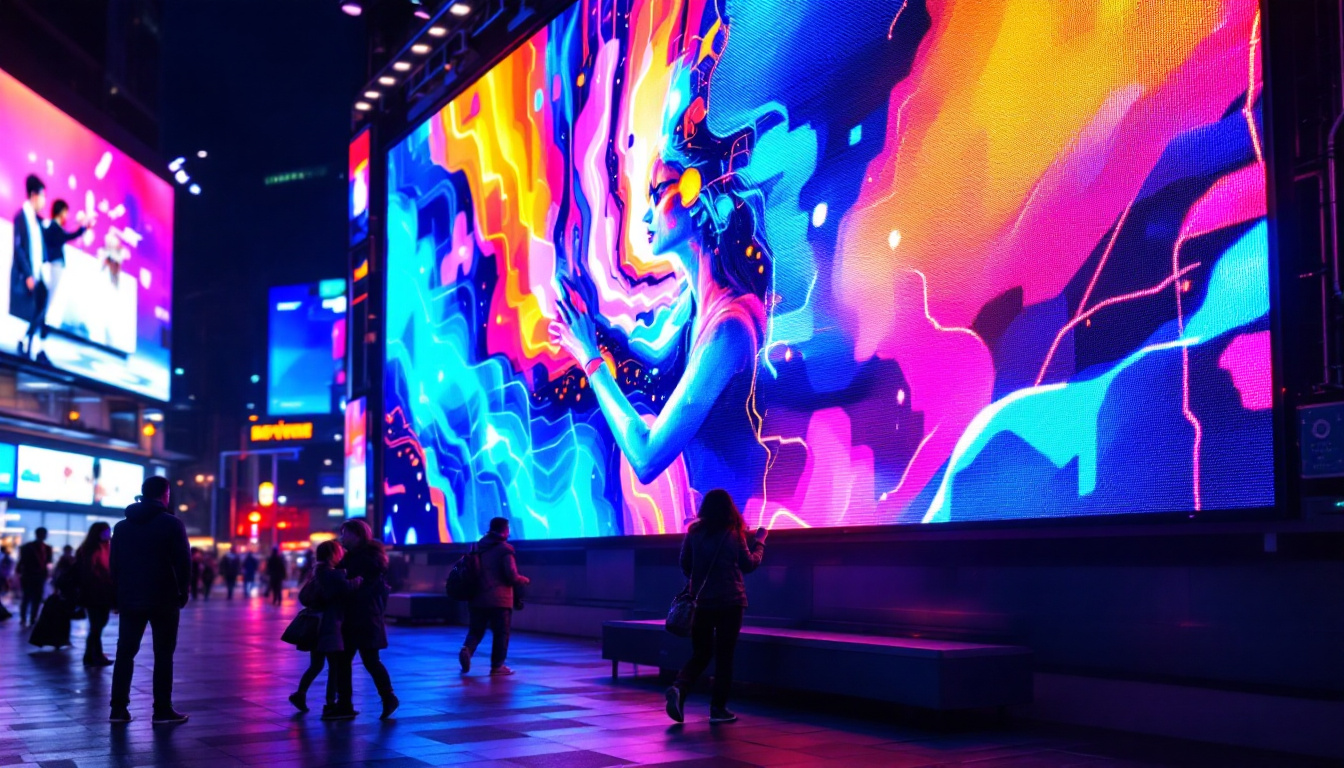In the world of stage and set design, the integration of technology has transformed how performances are experienced by audiences. Among the most significant advancements is the use of LED displays, which have become a staple in modern theatrical productions, concerts, and various events. This article delves into the intricacies of LED displays, their advantages, and their impact on stage and set design.
The Evolution of Stage Design
Stage design has evolved dramatically over the years, transitioning from simple backdrops and props to complex, multi-dimensional environments that engage audiences on multiple levels. The introduction of technology has played a crucial role in this transformation, enabling designers to create immersive experiences that were previously unimaginable.
Historical Context
The roots of stage design can be traced back to ancient Greece, where simple structures and painted scenery were used to enhance storytelling. As theatre evolved, so did the complexity of set designs. The Renaissance introduced perspective painting, allowing for a more realistic representation of space. However, it wasn’t until the 20th century that technology began to play a significant role in stage design.
The advent of electric lighting marked a turning point, allowing for dynamic lighting effects that could change the mood and atmosphere of a performance. This innovation paved the way for more elaborate designs and the eventual introduction of digital displays. The mid-20th century saw the rise of theatrical movements that embraced avant-garde aesthetics, leading to the incorporation of unconventional materials and techniques. Designers began to experiment with abstract forms and non-linear narratives, pushing the boundaries of traditional stagecraft.
The Rise of LED Technology
LED (Light Emitting Diode) technology emerged in the late 20th century, initially used for indicators and displays. However, as the technology advanced, it became clear that LEDs could be utilized for larger applications, including stage and set design. The ability to create vibrant colors, high brightness, and low power consumption made LEDs an attractive option for designers.
Today, LED displays are commonplace in theatres, concert venues, and event spaces, offering a level of versatility and creativity that was previously unattainable. This shift has allowed for the integration of interactive elements, where audiences can influence the visual experience through their engagement. Furthermore, the portability of LED screens has enabled touring productions to maintain high-quality visuals regardless of the venue, ensuring a consistent experience for audiences around the world. As designers continue to explore the possibilities of augmented and virtual reality, the future of stage design promises to be even more innovative, blurring the lines between the physical and digital realms.
Understanding LED Displays
LED displays consist of numerous small light-emitting diodes that work together to produce images and videos. These displays can be configured in various ways, including flat panels, curved screens, and even flexible installations. Understanding the components and functionality of LED displays is essential for effective stage and set design.
Components of LED Displays
At the core of an LED display are the individual diodes, which emit light when an electric current passes through them. These diodes are arranged in a matrix, allowing for the creation of pixels. The resolution of an LED display is determined by the number of pixels it contains, which directly affects the clarity and detail of the images displayed.
Additionally, LED displays are often divided into two categories: indoor and outdoor. Indoor displays are designed for low ambient light environments, while outdoor displays are built to withstand weather conditions and provide visibility in bright sunlight. This distinction is crucial for designers when selecting the appropriate display for a specific venue.
Types of LED Displays
There are several types of LED displays used in stage and set design, each serving different purposes. Common types include:
- LED Video Walls: These are large screens made up of multiple LED panels, often used for displaying videos, graphics, and animations. They can be configured in various shapes and sizes, making them highly versatile.
- Transparent LED Displays: These displays allow for visibility through the screen, creating a unique effect that can enhance the depth of a stage design. They are often used in conjunction with other elements to create a layered visual experience.
- Flexible LED Screens: These can be bent and shaped to fit unconventional spaces, allowing for creative designs that were once limited by traditional display technology.
Advantages of Using LED Displays in Stage Design
The integration of LED displays into stage and set design offers numerous advantages that enhance both the production quality and audience experience. These benefits make them a preferred choice for designers across various entertainment sectors.
Vibrant Visuals
One of the most significant advantages of LED displays is their ability to produce vibrant and dynamic visuals. The color range and brightness levels achievable with LED technology far surpass traditional projection methods. This capability allows designers to create stunning visual effects that captivate audiences and elevate the overall production value.
Versatility and Flexibility
LED displays are incredibly versatile, allowing for a wide range of applications in stage design. They can be used as backdrops, side screens, or even integrated into the set itself. The flexibility of LED technology enables designers to adapt to different performance styles and themes, making it easier to create a cohesive visual narrative.
Furthermore, the ability to easily change content on LED displays allows for quick adjustments between scenes or performances, providing a seamless experience for both performers and audiences.
Cost-Effectiveness
While the initial investment in LED technology may seem substantial, the long-term cost savings can be significant. LEDs have a longer lifespan compared to traditional lighting and projection systems, reducing maintenance and replacement costs. Additionally, their energy efficiency means lower electricity bills, making them a more sustainable choice for production companies.
Impact on Audience Experience
The use of LED displays not only enhances the visual appeal of a performance but also significantly impacts the audience’s overall experience. The immersive nature of LED technology can create a deeper connection between the audience and the performance.
Enhanced Storytelling
LED displays can be used to convey narrative elements that complement the performance. By integrating visuals that align with the storyline, designers can create a more engaging experience for the audience. For instance, dynamic backgrounds can change to reflect different settings or moods, enhancing the storytelling aspect of the performance.
This integration of visuals allows for a more holistic approach to stage design, where every element works together to support the narrative, rather than existing as separate components.
Creating Atmosphere
Lighting and visuals play a crucial role in setting the atmosphere of a performance. LED displays can be programmed to change colors, patterns, and images in sync with the music or action on stage, creating an immersive environment that draws the audience in. This synchronization enhances emotional responses, making the performance more memorable.
Challenges in Implementing LED Displays
Despite the numerous advantages of LED displays, there are challenges that designers must navigate when incorporating this technology into stage and set design. Understanding these challenges is crucial for successful implementation.
Technical Limitations
While LED technology has advanced significantly, there are still technical limitations to consider. For instance, the resolution of an LED display can impact the quality of the visuals, especially in larger installations. Designers must carefully select the appropriate resolution based on the viewing distance and size of the display to ensure optimal clarity.
Additionally, the setup and configuration of LED displays can be complex, requiring skilled technicians to ensure proper installation and operation. This adds another layer of planning and coordination that must be factored into the production timeline.
Cost Considerations
While LED displays can be cost-effective in the long run, the initial investment can be a barrier for some productions. The cost of high-quality LED panels and the necessary equipment can be significant, especially for smaller companies or independent productions. Budget constraints may limit the ability to fully utilize LED technology, requiring designers to find creative solutions within their means.
Future Trends in LED Display Technology
The landscape of LED display technology is continually evolving, with new advancements emerging regularly. Staying informed about these trends is essential for designers looking to push the boundaries of stage and set design.
Advancements in Resolution and Clarity
As technology progresses, the resolution of LED displays continues to improve. Higher pixel densities allow for sharper images and more detailed visuals, enhancing the overall quality of performances. This trend is likely to continue, making LED displays an even more appealing option for designers.
Integration with Augmented Reality (AR)
The integration of LED displays with augmented reality technology is an exciting development in stage design. This combination allows for the creation of interactive experiences where digital elements can be overlaid onto the physical stage. As AR technology becomes more accessible, its incorporation into performances could redefine audience engagement.
Conclusion
LED displays have revolutionized stage and set design, offering unparalleled opportunities for creativity and innovation. Their vibrant visuals, versatility, and cost-effectiveness make them an essential tool for modern productions. While challenges exist, the benefits of incorporating LED technology far outweigh the drawbacks.
As the industry continues to evolve, staying abreast of advancements in LED technology will be crucial for designers seeking to create captivating and immersive experiences for audiences. The future of stage design is bright, and LED displays will undoubtedly play a pivotal role in shaping its trajectory.
Illuminate Your Stage with LumenMatrix
Ready to take your stage and set design to the next level? Discover the innovative world of LumenMatrix LED display modules, where cutting-edge technology meets creative vision. From Indoor and Outdoor LED Wall Displays to Custom and Transparent LED solutions, LumenMatrix offers a wide array of products designed to bring your visual storytelling to life. Elevate your audience’s experience with displays that offer vibrancy, flexibility, and unparalleled clarity. Check out LumenMatrix LED Display Solutions today and transform your stage into a dynamic canvas of light and color.

